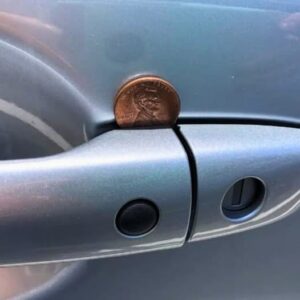The Vintage Nutcracker: History, Usage, and Legacy
A Glimpse into History
Vintage nutcrackers have a rich history, dating back to ancient times when cracking nuts required ingenuity and strength. These devices evolved from simple handheld tools to intricate, decorative pieces. The earliest known nutcrackers, made of wood in basic lever styles, date back to the third century B.C. By the 15th century, European craftsmen, especially in Germany, created elaborate and artistic nutcrackers depicting figures from folklore and daily life.
Usage: Function Meets Art
Nutcrackers originally served a functional purpose: cracking the hard shells of nuts to reveal the edible kernels. Early designs were straightforward, using the lever principle to apply pressure and break the shell.
Over time, nutcrackers became more than just kitchen tools. In the 18th and 19th centuries, they reflected regional artistic and cultural trends.
German nutcrackers, particularly from the Erzgebirge region, became known for their craftsmanship and creativity, often taking the form of soldiers, kings, and other figures. The most famous design, popularized by the Nutcracker Ballet, features a toy soldier, now a beloved holiday symbol.
The Legacy of Nutcrackers
Today, vintage nutcrackers are treasured collectibles. They blend utility and art, showcasing the craftsmanship and cultural significance of their eras. Collectors and antique enthusiasts seek these pieces for their historical value, intricate designs, and nostalgic charm.





